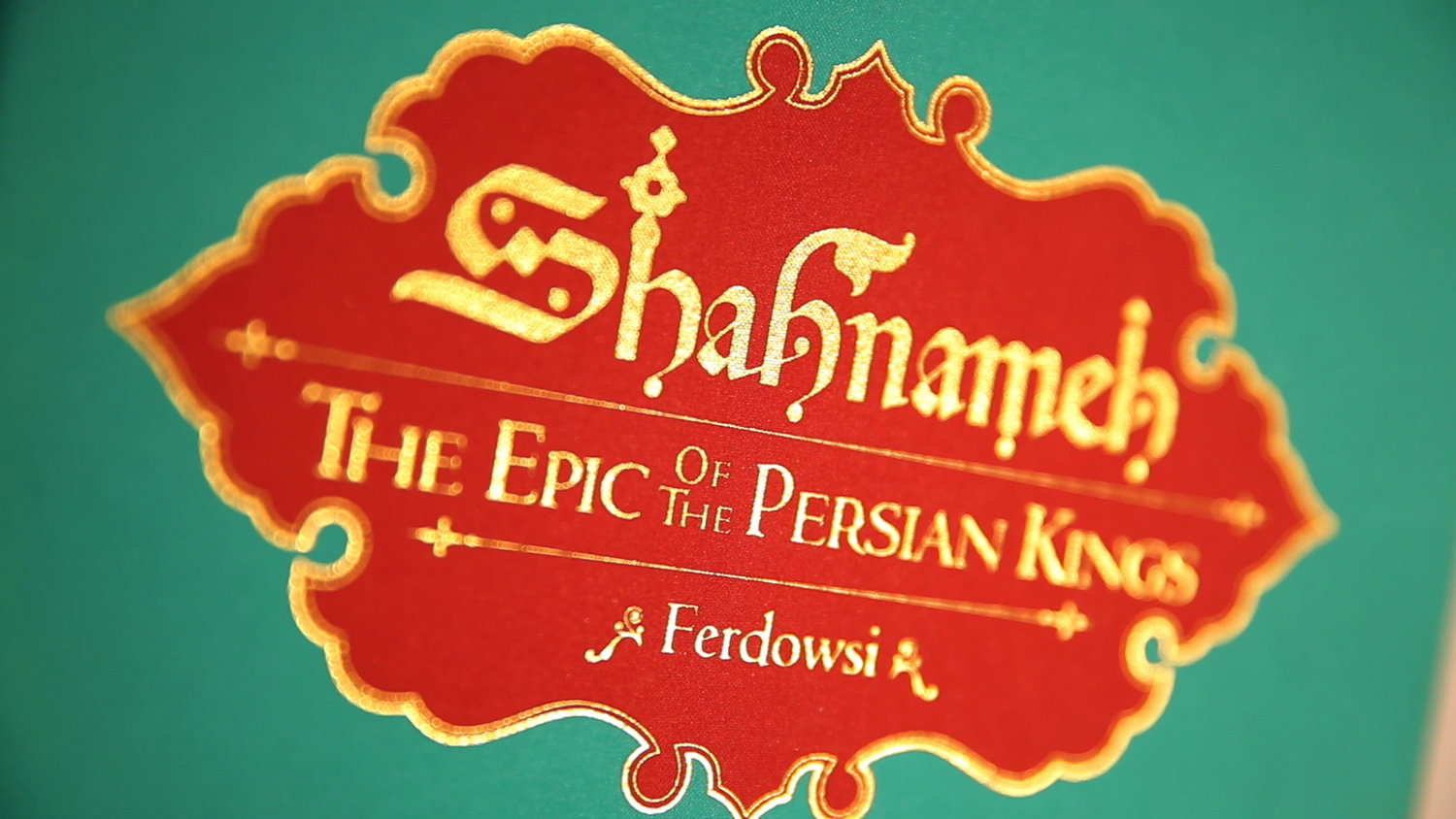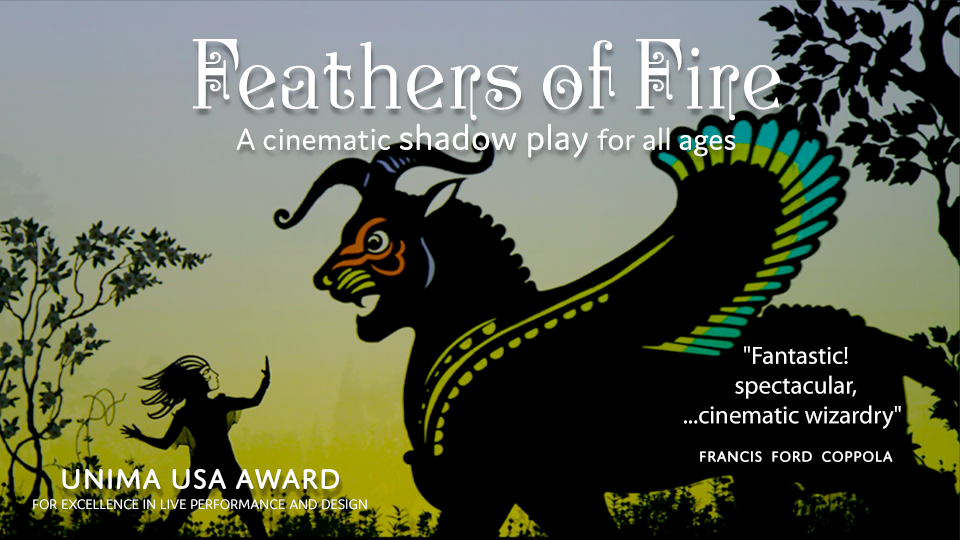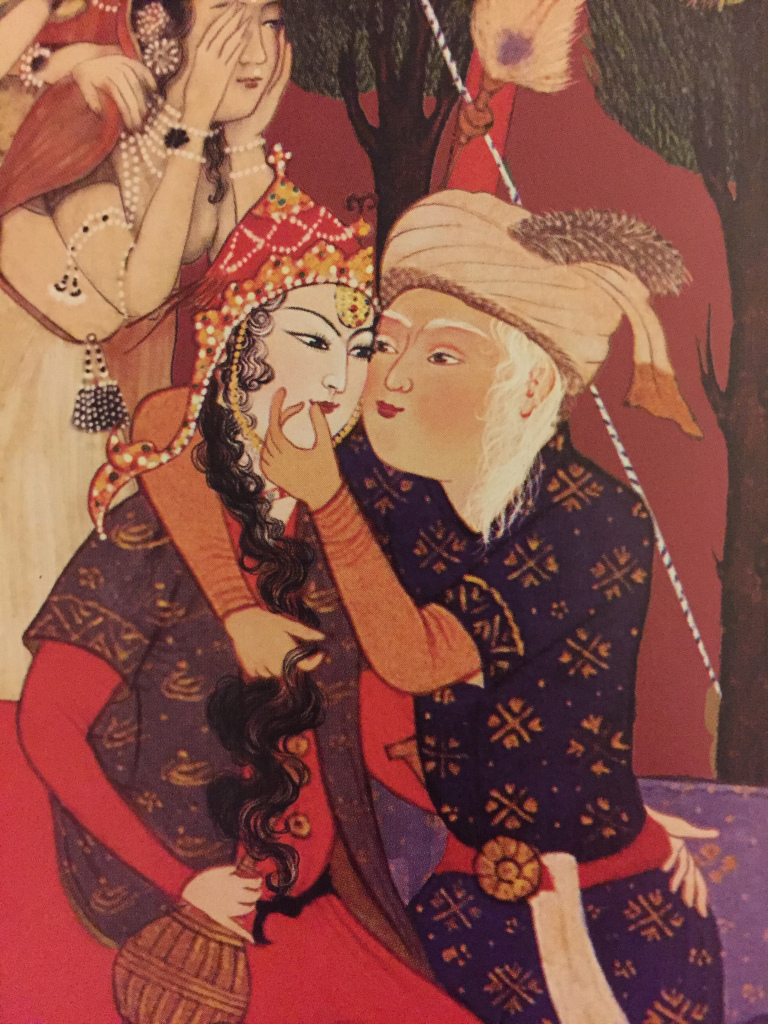A Celebration of Persian Storytelling, poetry, literature, and culture

Photo:kingorama.com
N.B. In July 2013 I posted a Blog ‘Shahnameh: The Epic of the Persian Kings’ on our GCGI website, highlighting and celebrating the beauty, the timeless wisdom and inspiring words and poetry of one of the greatest poets in Persian history, Ferdowsi (940–ca. 1019). Let me quote a passage or two from it:
‘Ferdowsi’s epic poem Shahnameh (“The Book of Kings”) is part myth, part history—it begins with the legend of the birth of the Persian nation and its tumultuous history. It contains magical birds, and superhuman heroes, and centuries-long battles. Written over 1,000 years ago, it was meant to protect Persian collective memory amidst a turbulent sea cultural storms. Originally written in couplets, the new translation and adaptation by Ahmad Sadri retells the mythological tales in prose format. The spectacular illustrations in this edition were created from elements culled from thousands of illuminated manuscripts, lithographs, and miniatures dating from the thirteenth through nineteenth centuries, each panel becoming a new work of art, an exquisite collage of traditional forms.
“After the enormous success of the Lord of the Rings and Game of Thrones, as well as blockbusters such as 300 and Clash of the Titans, the time might be right for Persian mythology to find an audience in the west.
Iran's national epic, the Shahnameh, involves many of the same themes and motifs as popular works of fantasy: heroic quests, magical beasts, devilish monsters, passionate romances, fierce intrigues over power, and monumental conflicts fought across immense spans of time…
…’But New York–based artist Hamid Rahmanian's recent illustrated rendition with translator Ahmad Sadri of, Shahnameh: The Epic of the Persian Kings could change that. His images draw on thousands of carefully orchestrated elements from paintings, lithographs, and manuscript miniatures from Iran, Mughal India, and the Ottoman Empire between the 15th and 19th centuries, and convey scenes such as dreams and nightmares rarely if ever depicted in previous versions.
Rahmanian describes his process as akin to that of a movie editor splicing frames for a montage or a DJ blending tracks for a mash-up. Taking the visual elements out of their original context to produce new pictures also adds a new layer to their meaning. The images not only convey the Shahnameh's stories, they also bring traditions of literary illustration from distant places and times into intimate dialogue. The unique result is a fresh visual narration that makes the ancient text feel as if it flows seamlessly, like a finely edited film.’-Excerpts from Shahnameh: The Epic of the Persian Kings
Today I had an email from the National Iranian American Council (NIAC) with the following announcement, which took me back to the Blog I had posted in July 2013.
Shahnameh Comes to Life in the Dazzling Shadow Play: “Feathers of Fire”
A Celebration of Persian Storytelling, poetry, literature, and culture

Photo:kingorama.com
“Feathers of Fire” is a magnificent retelling of the forbidden love story of Zaul and Rudābeh from the epic Shahnameh.
‘While the world has been forced to slow down and people have been required to quarantine themselves, we have been reminded of the most basic components that give our lives meaning. Taking the time to reflect on the natural world and the importance of human bonds, the pandemic has in many ways given us time to appreciate how we are all connected and to see the beauty of the world around us. At the heart of our shared experience is culture, history, and the stories of humanity that have been told for millennia.
For Iranians and the diaspora, one story that is central to our shared identity is the 11th century epic by Ferdowsi, Shahnameh (The Book of Kings). Recollecting the heroic tales and fantastic legends of ancient Iran, Shahnameh is a true masterpiece, comprising over 50,000 couplets that were written over three decades by the renowned poet. More than a collection of stories, Shahnameh embodies a cornerstone of Iranian history and culture. It is regarded by many Iranians as a defining symbol of their identity and a guardian of the Persian language.

Rudabeh and Zal on their wedding day (Shahnameh illustration and design by Hamid Rahmanian).
Given its monumental status, it is no surprise that the epic has been celebrated, translated, and utilized in various art forms for centuries by Iranians and non-Iranians alike. Like the universal appeal of Greek heroes and traditions, Shahnameh’s incredible tales are compelling for the masses. But like Ferdowsi himself, one Iranian-American artist, Hamid Rahmanian–a Guggenheim fellowship-winning visual artist–has dedicated much of his labor to telling the story of Shahnameh to the widest audience possible.
Along with his wife, Melissa Hibbard, Rahmanian has created a variety of stunning work under the banner of “Kingorama,” which includes a recent translation of the epic, a pop-up book called Zahhak: The Legend of the Serpent King, an audiobook, and a cinematic shadow play, Feathers of Fire.
Translated and adapted by Ahmad Sadri, Rahmanian’s Shahnameh book is a breathtaking illustrated edition of the epic, with 500 pages of intricate and colorful illustrations by Rahmanian himself. A proper feast for the eyes, Rahmanian has conveyed the same splendor in his shadow play, which depicts the legendary story of forbidden lovers Zaul and Rudābeh from Ferdowsi’s saga. Their love gives birth to the mightiest hero of ancient Iran, Rostam, whose valor and repute is so grand that even his stallion’s name, Rakhsh, is legendary.
In Feathers of Fire, Rahmanian’s live-performance play combines traditional puppets, masks, and costumes, with the modernity of digital animation, to create an unforgettable visual spectacle in its most primal form, shadows. This masterful retelling of an ancient story is sure to captivate any audience, young and old. Now available to stream online, don’t miss the chance to experience what Francis Ford Coppola calls, “Fantastic, spectacular… cinematic wizardry.”
Watch from home, give it as a gift, and share it with friends and family. Now is the perfect opportunity to enjoy this truly unique vision, support Iranian-American artists, and share a beautiful part of our rich culture. The epic of Shahnameh transcends time and borders; it may be revered by Iranians, but it was Ferdowsi’s gift to humanity. At a time when we may feel isolated, there is solace in our shared stories and community.’
- This article was first published by the National Iranian American Council (NIAC) on 28 May 2020.
- Watch Feathers of Fire Online
- Buy The New Shahnameh Book - The Epic | شاهنامه فردوسی
